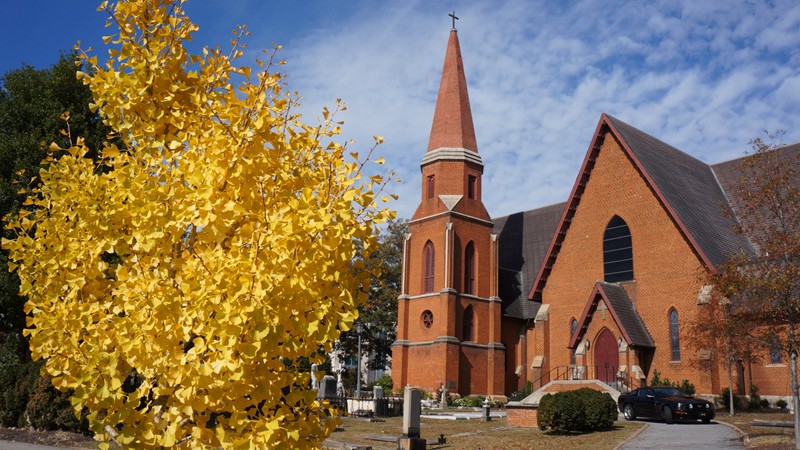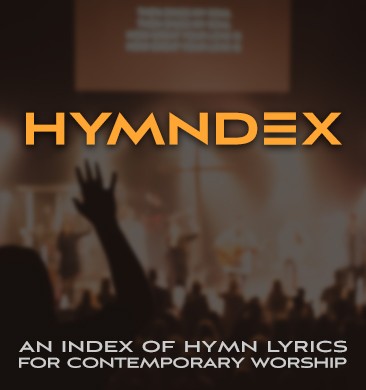Recently I visited two services at a huge mainline church. Their early contemporary service, overflowing with young families, met in what appeared to be a large banquet hall. The later traditional service – in the gaping, gorgeous main sanctuary – was populated by a sea of gray heads. “I wonder how long this will last?” I chuckled to myself.
While megachurches have sprung up all over the country and are booming in buildings designed for contemporary worship (with proper staging, lights and sound), traditional churches have tried to get in on the action. However, I’ve seen many a traditional church in a traditional building hang a “Contemporary Service!” sign out front indicating the (stepchild) group meets in a stinky gym or dingy basement, whilst the implied “real” worship service meets in the plush main sanctuary.
I think we’ve reached the tipping point – those contemporary services are starting to take over the church and the sanctuary.
Back in 2014 Greenville, SC’s venerable Christ Church (dating back to 1820 and one of the largest Episcopal churches in America) experienced a Worship Service Switch – their contemporary service was held for the first time in the main sanctuary and the traditional service has moved to a smaller chapel. (Read more about it in the local paper.)
The health of their contemporary service is no mystery – where there’s life there’s growth, and when I visited on that transition Sunday I heard heart-felt music and a Bible-centered sermon (you’ll also hear more Scripture in one liturgical service than you’ll hear in sixth months of megachurch services.) What a wonderful opportunity for them to set the pace for blending contemporary styles in a breath-taking, traditional worship space.
Over the next few years, churches with traditional worship spaces will face challenges as they experience the Service Switch. They’ll need to figure out how to transform a chancel into a stage by tastefully adding enhanced lighting, sound and projection to sanctuaries built for choirs, organs and hymnals.








